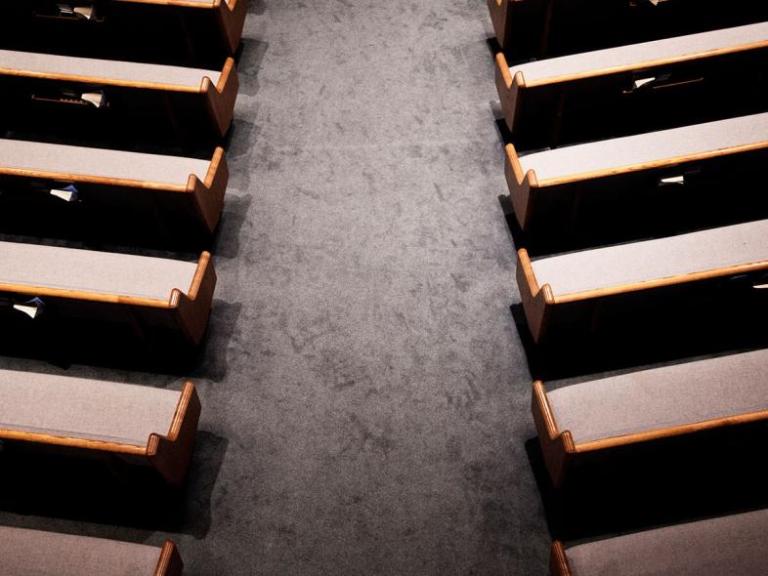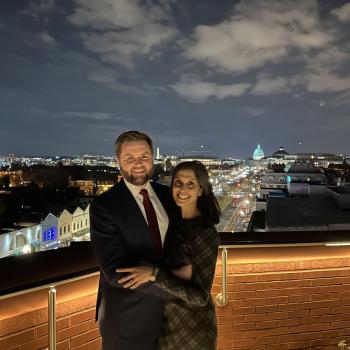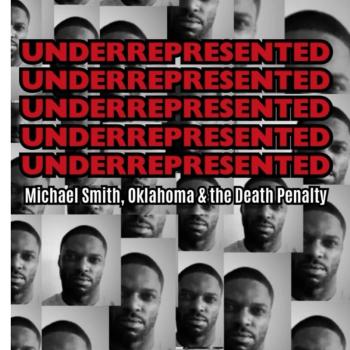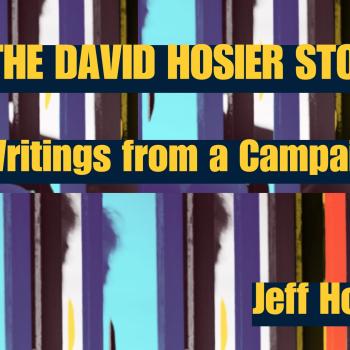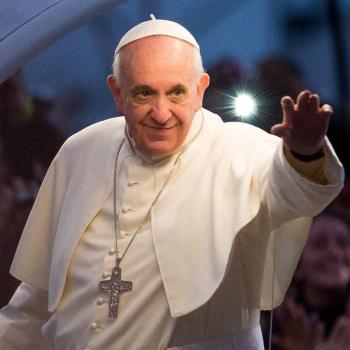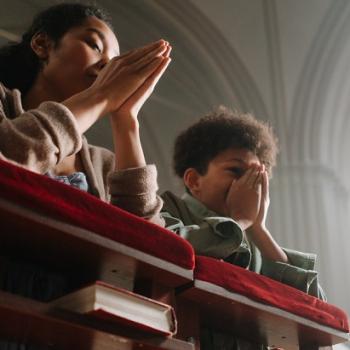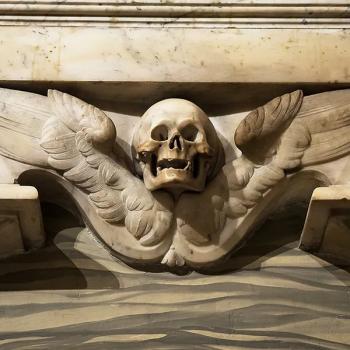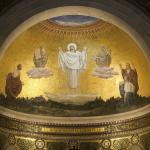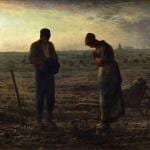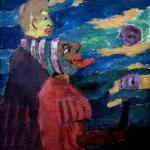Recently, I met with seven other Catholics to discuss art and faith. We met in a busy café and spent three hours together. While the conversation was chiefly about art, we also shared life experiences, challenges, faith stories, and big ideas.
J.R.R. Tolkien, C.S. Lewis, Owen Barfield, Charles Williams, and other 20th century Inklings would often meet at The Eagle and Child in Oxford. While most of today’s focus is on Tolkien’s and Lewis’s grand stories, sometimes read aloud and critiqued in the pub, a lot more was going on there: Owen Barfield’s and the other Inklings’ big ideas, fellowship, conversations about faith, spirited debates. Interestingly, these gatherings frequently occurred in a public place.
Kenneth Clark’s 1969 television series, “Civilization,” though not presented from a Catholic or Christian perspective, cannot avoid the profound impact Catholic art and ideas—beauty, truth, the good—had on the development of the highest civilization in the world, along with the impact of ideological materialism in recent centuries on culture and, ultimately, civilization. While viewing this series, it is impossible not to compare what passes for culture in the 21st century with what “superstitious” Christian societies created up to the 19th or 20th century.
In this vein, a modest proposal for helping to restore Christian culture brick by brick might start with grass roots groups that meet on a regular basis as did the Inklings. Why this focus on Christian culture rather than explicit evangelization? Because so many in the 21st century have no framework with which to comprehend the beauty and truth authentic Christianity encompasses.
Beauty and truth in an age when personal freedom and self-fulfillment are treasured above all else? Precisely, because the preeminence of personal freedom and self-fulfillment over everything else leads to conditional, even transactional, relationships and commitments. Meanwhile, the “constraints” imposed by a quest for transcendent beauty and truth foster a desire for the Source of beauty, truth, and the good. The absence of this Source of beauty, truth, and the good is poignantly depicted in Christopher Nolan’s “Oppenheimer” where many of those engaged in the Manhattan Project struggle with their mission to produce an atomic bomb. Yet, their reference points are personal reservations or patriotism or an attraction to communism or a commitment to scientific advancement as the highest good. None of these reference points have any ultimate, universal validity, being personal, conditional, even transactional.
“Sound of Freedom” demonstrates that film art courageously depicting truth can still capture society’s attention. And Dallas Jenkins and his collaborators are accomplishing something similar with beauty and truth depicted in “The Chosen.”
What might these beauty and truth grass roots groups look like? While faith sharing would be welcome, these would not be faith sharing groups. While cultivating friendships, not social groups. While the arts would be vigorously shared and explored, not limited to the arts. While big ideas would be shared and discussed, not limited to profound topics. Some of the art would be explicitly Christian while other art would not be, though informed and influenced by a Christian perspective. Conversations about beauty and truth, with room for laughter and merriment. In a word, informal rather than outcome or agenda-driven gatherings, along the lines of the Inklings’ model. That there isn’t a Tolkien or Lewis or Barfield in the group need not hinder these grass roots gatherings. The priorities are what matter.
Five to ten people seems to be a good number. A variety of ideas could be discussed, and art shared, without having too many to actively participate. And while a church meeting room or private home would be quieter and less distracting, a public venue as the Inklings often chose, ought to be considered for at least some of the gatherings. Isn’t part of rebuilding culture brick by brick letting the public see what such a gathering looks like: the lively storytelling, displaying visual art, saying grace before a meal, perhaps a song now and then, smiles rather than the dour expressions too many normally associate with Christians, camaraderie in action? What if every diocese had such groups out and about—pre-evangelization via attractive beauty and truth. Hundreds or thousands nationwide.
We cannot expect the institutional Church—Rome, dioceses, parishes, Catholic institutions—to lead, or even organize, this cultural bricklaying. But wait a minute, what if not everything that comes out of these groups is fully Catholic? First, these creatives are not speaking for the Church, nor should they presume to. They are exploring, and conversing about, beauty and truth. Not every column/parapet ornamentation or mural in the great medieval cathedrals were fully Christian either, yet beauty and truth were stunningly depicted.
One might argue that such small, informal, agenda-less groups would have little impact on society. I wonder if Professor Tolkien and Professor Lewis would agree.


